American Hazelnut Tree
- June 12, 2023
- 2 comment
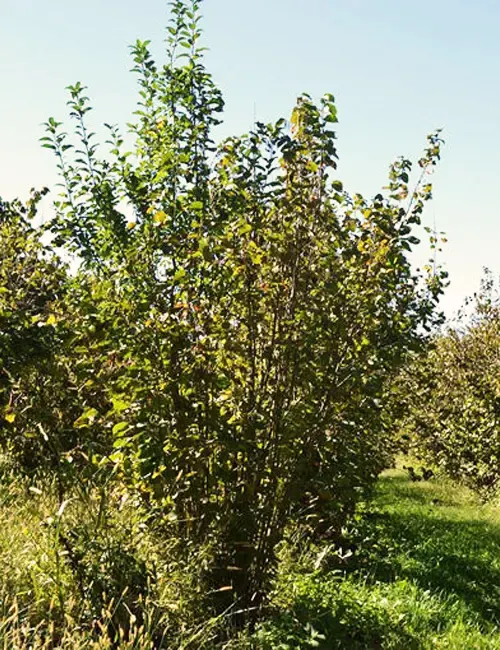
Common Name: American Hazelnut Tree
Botanical Name: Corylus americana
Family: Betulaceae
Plant Type: Deciduous shrub/small tree
The American Hazelnut Tree (Corylus americana) is a fascinating plant that offers numerous benefits to both humans and wildlife. This article will provide an overview of this remarkable tree, covering various aspects such as its common name, botanical name, family, plant type, characteristics, care requirements, propagation methods, common pests and diseases, and some fun facts. Let’s delve into the world of the American Hazelnut Tree!
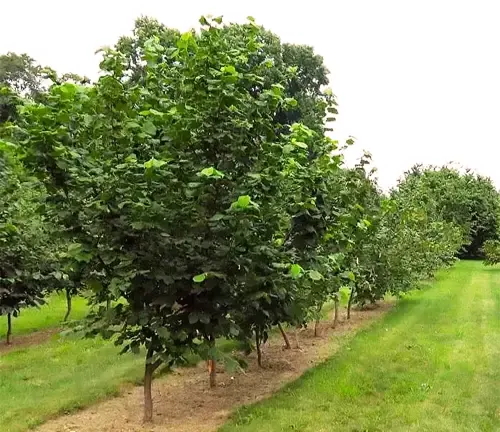
Mature Size and Growth Rate
The American Hazelnut Tree typically reaches a height of 10-15 feet (3-4.5 meters) and spreads to a width of 8-12 feet (2.5-3.5 meters). It has a moderate growth rate, adding about 1-2 feet (30-60 cm) per year.
Soil Type
This tree thrives in well-drained soils, including loam, clay, and sandy soils. It adapts well to various soil pH levels.

Hardiness Zones
The American Hazelnut Tree is hardy in USDA zones 4-9, making it suitable for a wide range of climatic conditions.
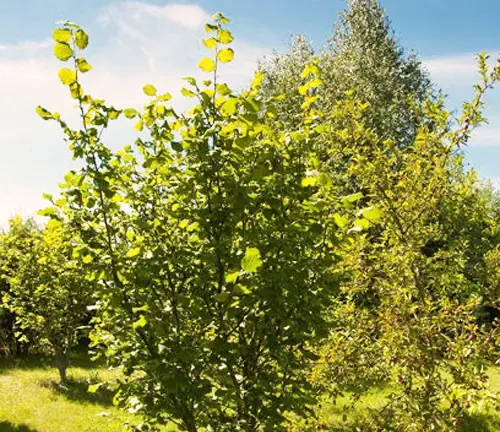
Sun Preference
It prefers full sun exposure to ensure optimal growth and fruit production. However, it can tolerate partial shade.
Soil Preference
While adaptable, the tree prefers fertile soils rich in organic matter. It benefits from a consistent supply of moisture but can tolerate periods of drought once established.
Attributes
The American Hazelnut Tree is known for its multi-stemmed growth habit, forming a dense thicket. It produces attractive, rounded, and serrated leaves that turn golden-yellow in the fall, adding aesthetic value to landscapes. In early spring, before the leaves emerge, it produces clusters of pendulous male catkins and smaller, inconspicuous female flowers.

Wildlife Value
The American Hazelnut Tree provides a valuable food source for wildlife. Its edible nuts attract various birds, including woodpeckers, blue jays, and wild turkeys, as well as mammals such as squirrels and deer. Additionally, the tree offers cover and nesting sites for birds, contributing to their habitat diversity.
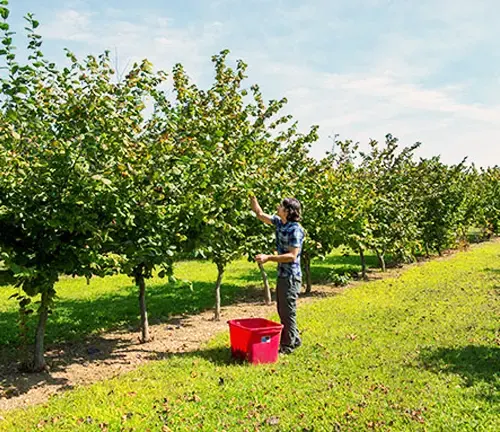
Care
This tree is relatively low-maintenance. It benefits from regular watering, especially during dry periods, until it becomes established. Mulching around the base helps retain moisture and suppress weed growth. Pruning is primarily done for shaping and removing damaged or diseased branches.
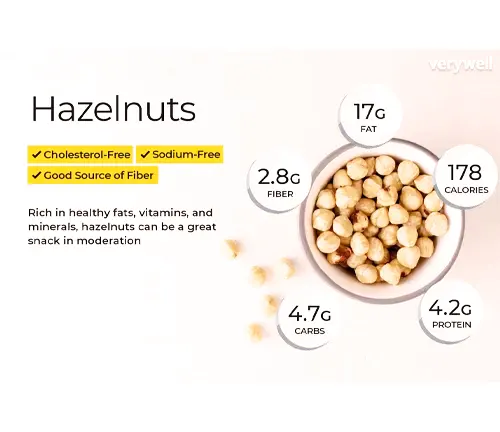
Benefits
The American Hazelnut Tree offers several benefits. Its nuts are not only edible but also highly nutritious, containing healthy fats, protein, and various vitamins and minerals. They can be used in culinary applications or enjoyed as a snack. The tree’s dense growth habit makes it suitable for hedges, windbreaks, and wildlife plantings. Additionally, the American Hazelnut Tree helps stabilize soil and prevent erosion, contributing to environmental conservation efforts.
Invasive
The American Hazelnut Tree is not considered invasive. However, it can spread through suckering, forming colonies if left unchecked. Regular maintenance and control measures can prevent excessive spreading.
Lifespan
The average lifespan of the American Hazelnut Tree ranges from 20 to 50 years, depending on growing conditions and maintenance.
Disadvantage
While the American Hazelnut Tree offers numerous benefits, it may require protection from browsing animals that can damage the plant or consume the nuts. Additionally, it may be susceptible to certain pests and diseases, which we will discuss later.
Edible or Not
Yes, the nuts produced by the American Hazelnut Tree are edible and have been enjoyed for centuries. They have a rich, nutty flavor and can be used in various culinary creations, including baked goods, confections, and spreads.
Habitat Requirements
The American Hazelnut Tree thrives in a variety of habitats, including woodlands, forest edges, stream banks, and open fields. It tolerates both acidic and alkaline soils and can withstand occasional flooding.
Name Origin: The genus name, Corylus, is derived from the Greek word “korys,” meaning helmet, referring to the shape of the husk that covers the nut. The species name, americana, denotes its native origin in North America.
Fun Facts:
- Native American tribes, such as the Algonquin and Ojibwa, relied on the American Hazelnut Tree for its nutritious nuts, using them in traditional foods.
- The American Hazelnut Tree is an important component of riparian ecosystems, providing erosion control along waterways.
- In addition to wildlife, bees and other pollinators are attracted to the tree’s flowers, contributing to the overall biodiversity of the area.
Characteristics
The American Hazelnut Tree is a small, multi-stemmed tree or large shrub with a rounded shape. It has smooth, gray-brown bark and produces slender branches. Its leaves are heart-shaped, doubly serrated, and turn vibrant shades of yellow in the fall. The tree bears small, rounded nuts enclosed in husks that are covered in fine hairs.
Varieties
There are several cultivated varieties of the American Hazelnut Tree, selected for larger nut size, improved productivity, or resistance to specific diseases. Some popular cultivars include ‘Lewis,’ ‘Theta,’ and ‘Wepster.’
Pruning
Pruning the American Hazelnut Tree is typically done during the dormant season to maintain its shape, remove dead or damaged wood, and promote airflow. Regular pruning helps stimulate healthy growth and ensures an abundant nut harvest.
Propagating
The American Hazelnut Tree can be propagated through both sexual and asexual methods. It readily produces suckers, which can be separated from the parent plant and replanted. Additionally, the tree can be propagated through seed germination, though it may take several years for seedlings to reach maturity.
Common Pests & Diseases
The American Hazelnut Tree may be susceptible to certain pests and diseases, including Eastern Filbert Blight (Anisogramma anomala), aphids, mites, and caterpillars. Regular inspection and appropriate pest management practices can help mitigate these issues.
Frequently Asked Questions:
- Can I grow the American Hazelnut Tree in a container? While possible, the American Hazelnut Tree prefers to be planted directly in the ground for optimal growth and nut production. It may be challenging to provide the necessary space and resources for container cultivation.
- How long does it take for the tree to start producing nuts? The American Hazelnut Tree typically begins producing nuts around 3-5 years after planting, but full production may take up to 8-10 years.
- Is cross-pollination necessary for nut production? Cross-pollination between different American Hazelnut Trees increases nut production. Planting two or more varieties together ensures successful pollination and a more abundant harvest.
In conclusion, the American Hazelnut Tree is a versatile and beneficial native species that offers a range of advantages, from its edible nuts to its ecological contributions. Whether you’re interested in its culinary uses, landscape value, or environmental benefits, this remarkable tree deserves a place in gardens, wildlife habitats, and conservation efforts across the United States.

Forestry
Forestry Author2 comments
pretty sure lewis, theta and wepster are european not american varieties


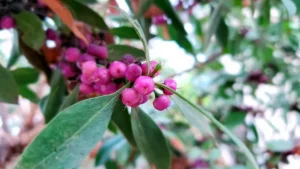


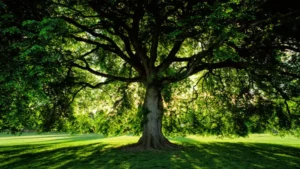
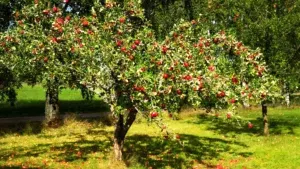





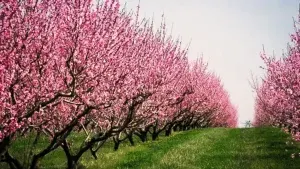
Do you have any recommendations to protect the tree from a deer or other wildlife nibbling at the branches? I have about to plant two trees and wonder about specific protection.
Kristi Johnson
April 30, 2024 10:46 am